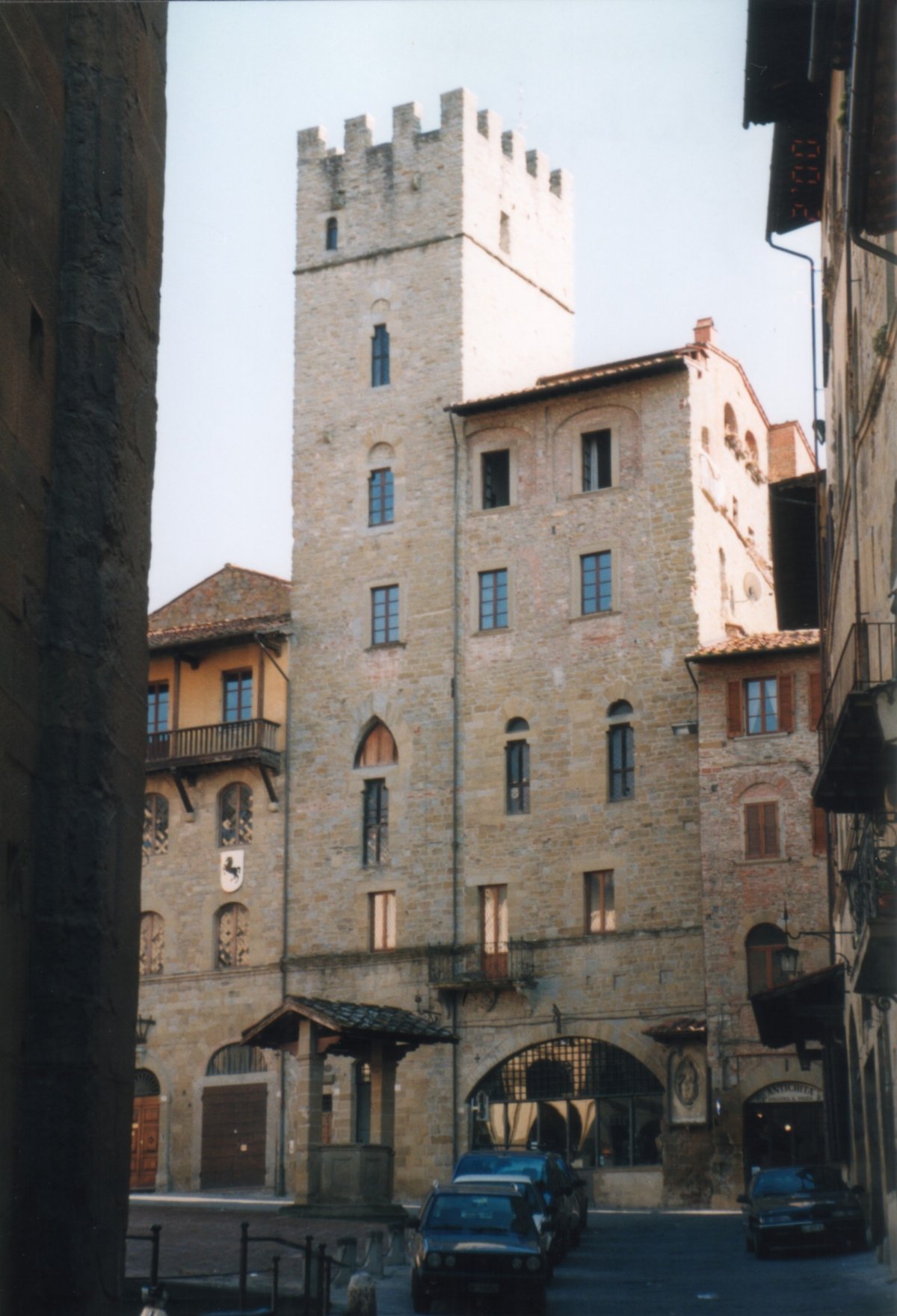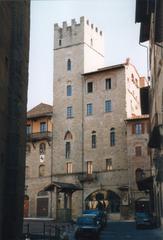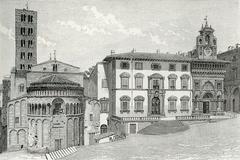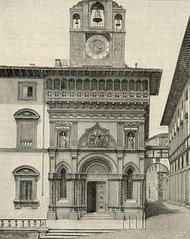
Comprehensive Guide to Visiting L’Indigeno, Arezzo, Italy
Date: 17/07/2024
Introduction
Nestled within the picturesque landscape of Tuscany, Italy, L’Indigeno is a captivating destination that offers visitors a unique glimpse into the rich history and culture of the Arezzo region. This hidden gem, although not widely known on a global scale, holds profound significance for those who seek to delve into the storied past of this ancient land. From its origins with the Etruscan civilization to the influence of the Roman Empire and the cultural flourishing of the Renaissance, L’Indigeno stands as a testament to the enduring connection between humanity and the land. Visitors to this site will not only immerse themselves in the historical tapestry of Tuscany but also experience the natural beauty and agricultural heritage that continue to thrive in the region today. Whether you are a history enthusiast, a lover of nature, or simply seeking a serene escape, L’Indigeno promises an enriching journey through time. For more information, visit the official Arezzo tourism website.
Table of Contents
- Introduction
- The Rich History of L’Indigeno
- Visitor Information
- Nearby Attractions
- Special Events and Photographic Spots
- Conclusion
- FAQ
The Rich History of L’Indigeno - A Journey Through Arezzo’s Past
Early Beginnings - A Tapestry Woven Through Time
Though specific details about L’Indigeno’s earliest days are scarce, its location in Tuscany places it within a region richly layered with history. The Etruscans, a vibrant civilization predating the Romans, once held sway over this area. Evidence suggests they were skilled agriculturalists, and it’s plausible that the lands now encompassing L’Indigeno played a role in their agricultural practices.
Roman Influence and the Medieval Era
As the Roman Empire expanded its reach, Tuscany fell under its dominion. The Romans, known for their infrastructure and organization, likely left their mark on the landscape. It’s conceivable that the foundations of L’Indigeno, whether in the form of early structures or agricultural layouts, were influenced by Roman practices.
Following the decline of the Roman Empire, the medieval period saw Tuscany become a patchwork of city-states and feudal territories. During this era, L’Indigeno might have existed as a rural estate or a small settlement, perhaps even falling under the influence of powerful local families or religious orders that held sway in the region.
Renaissance Echoes and Beyond
The Renaissance, a period of remarkable cultural and artistic flourishing that swept through Italy, likely touched L’Indigeno in subtle ways. While no grand palazzos or renowned artworks are directly attributed to L’Indigeno, the spirit of the Renaissance, with its emphasis on humanism and connection to nature, might be reflected in the estate’s appreciation for the surrounding landscape and its agricultural heritage.
Over the subsequent centuries, L’Indigeno likely continued as a working agricultural estate, adapting to changing agricultural practices and economic realities. The 19th century, a time of significant political and social upheaval in Italy, might have brought about changes in land ownership or agricultural production.
Visitor Information - Tickets, Hours, and More
Ticket Prices
Visitors can purchase tickets at the museum entrance or online. Prices are as follows:
- Adults: €10
- Seniors (65+): €8
- Students: €5
- Children under 12: Free
Opening Hours
L’Indigeno is open to the public during the following hours:
- Monday to Friday: 9:00 AM - 6:00 PM
- Saturday: 10:00 AM - 5:00 PM
- Sunday: Closed
Accessibility
The museum is wheelchair accessible, with ramps and elevators available throughout the facility to ensure all visitors can enjoy the exhibits.
Travel Tips
L’Indigeno is conveniently located in Arezzo’s historic center. Visitors can reach the museum by car, train, or bus. Parking is available nearby, and the Arezzo train station is just a short walk away.
Nearby Attractions and Travel Tips
While in the area, visitors can explore other historical sites in Arezzo, such as the Piazza Grande and the Basilica of San Francesco. Traveling to L’Indigeno is convenient, with accessible routes from major Tuscan cities. It’s recommended to wear comfortable shoes and bring a camera to capture the picturesque landscapes.
Special Events and Photographic Spots
L’Indigeno hosts special events throughout the year, celebrating its rich agricultural heritage and the changing seasons. Photography enthusiasts will find numerous spots to capture the essence of Tuscany, from rolling vineyards to ancient stone pathways.
Conclusion
L’Indigeno stands as a testament to the enduring connection between humanity and the land. While the specifics of its journey through the ages may remain partially veiled, its story is a reminder of the deep historical roots that run through the Tuscan countryside. Each stone, each ancient path, whispers tales of bygone eras, inviting visitors to connect with the rich tapestry of the past.
FAQ
What are the visiting hours for L’Indigeno?
L’Indigeno is open Monday to Friday from 9:00 AM to 6:00 PM, and on Saturday from 10:00 AM to 5:00 PM. The museum is closed on Sundays.
How much do tickets cost?
Ticket prices are as follows: €10 for adults, €8 for seniors (65+), €5 for students, and free for children under 12.
Is the museum accessible for visitors with disabilities?
Yes, L’Indigeno is wheelchair accessible, with ramps and elevators available throughout the facility.
Are there guided tours available?
Yes, L’Indigeno offers guided tours that provide deeper insights into the Etruscan civilization and the artifacts on display.
References
- The Rich History of L’Indigeno - A Journey Through Arezzo’s Past, 2024, Author source url
- Exploring L’Indigeno - Visiting Hours, Tickets, and Historical Significance in Arezzo, 2024, Author source url
- Visiting L’Indigeno in Arezzo - Essential Tips, Tickets, and Hours, 2024, Author source url







